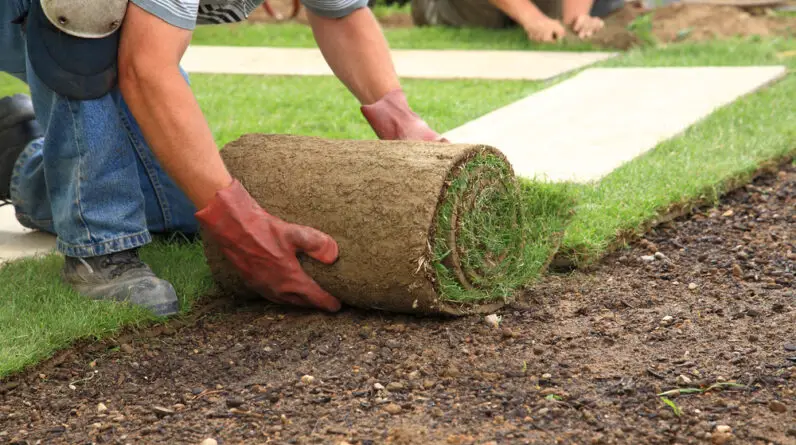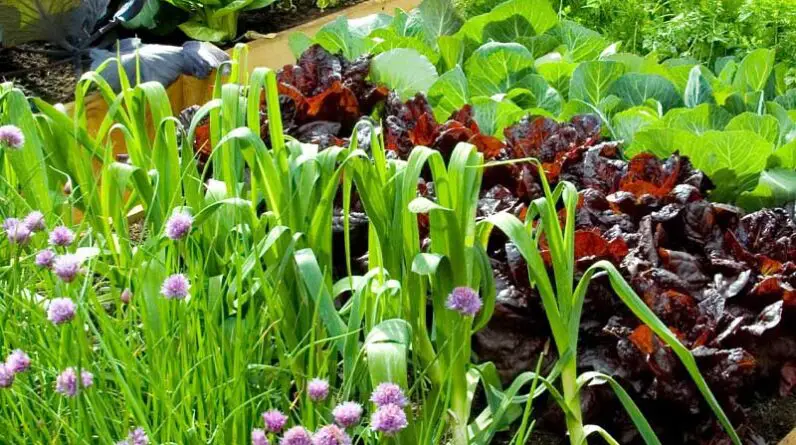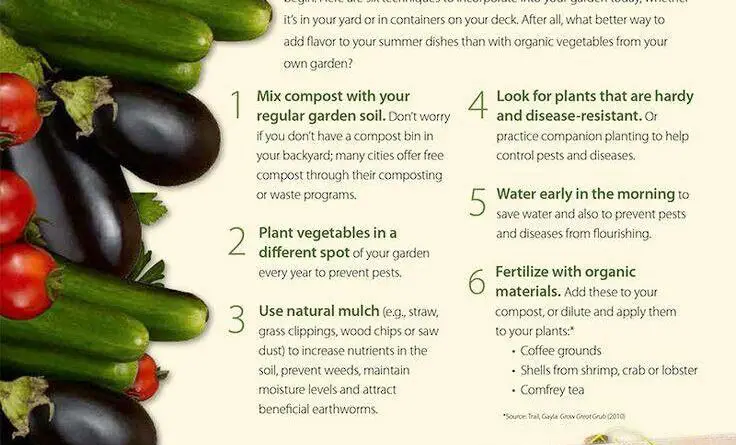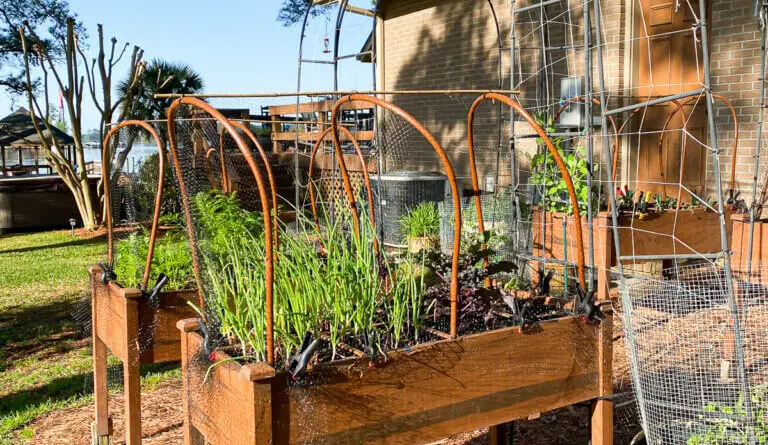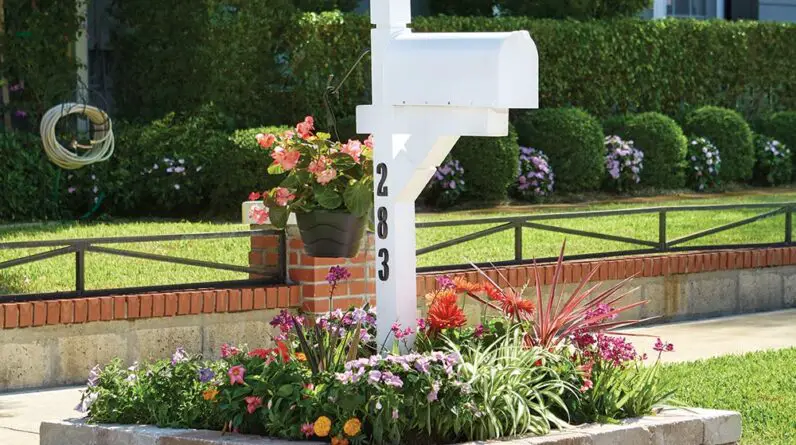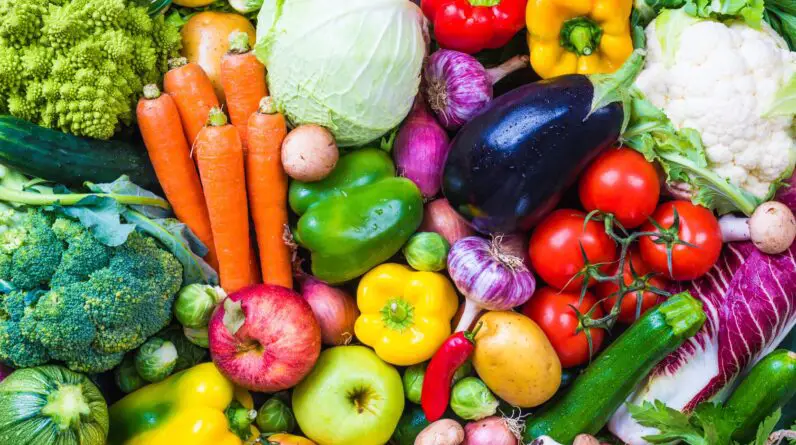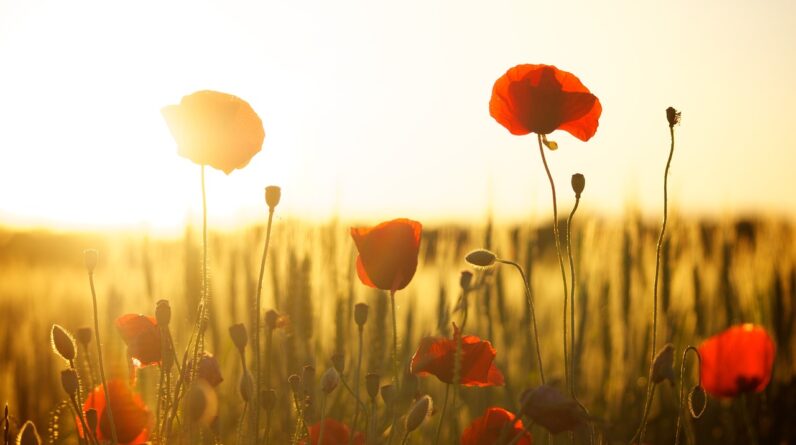
Introduction
Growing flowers from seeds is a rewarding and fulfilling experience that allows you to witness the entire life cycle of a flower, from germination to blossoming. It is a great way to add beauty to your garden or indoor space, and it can be a fun and educational activity for beginners.
What is flower germination?
Germination is the process by which a seed develops into a new plant. When you plant flower seeds, they absorb water and nutrients from the soil, causing them to swell and sprout roots. As the roots grow, a tiny shoot emerges from the seed and starts growing towards the sunlight. This shoot eventually develops into the stem, leaves, and flowers of the plant.
Why grow flowers from seeds?
Growing flowers from seeds is a cost-effective way to fill your garden with an array of beautiful blooms. By starting from seeds, you have the opportunity to choose from a wide variety of flowers that may not be readily available as nursery-grown plants. Additionally, growing flowers from seeds allows you to develop a deeper connection with nature and gain a sense of accomplishment as you witness the transformation from a tiny seed to a vibrant flower.
Benefits of growing flowers from seeds
There are several benefits to growing flowers from seeds. Firstly, it is much more affordable than buying fully grown plants from a nursery. Secondly, it gives you the freedom to select specific flower varieties and experiment with different colors and forms. Lastly, growing flowers from seeds allows you to have a more sustainable garden, as you can save and store seeds from your own plants for future seasons.
In the following sections, we will explore the step-by-step process of growing flowers from seeds, discuss the different types of seeds, and provide tips and tricks to help you succeed in your gardening endeavors. So, let’s get started on this exciting journey of growing flowers from seeds!
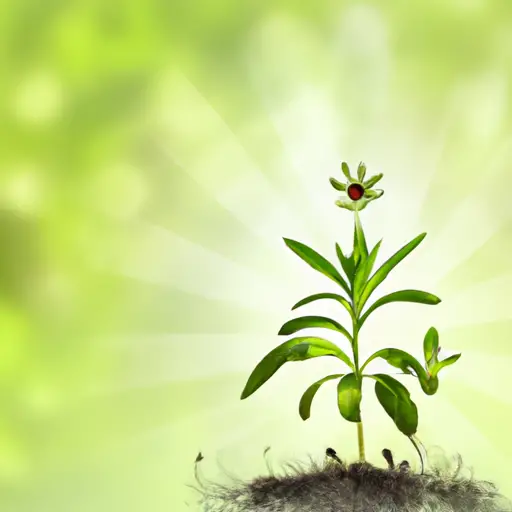
Choosing the Right Seeds
When it comes to growing flowers from seeds, choosing the right seeds is an essential first step. To help you navigate through the vast array of options, I will provide you with some valuable insights on understanding seed packets, determining seed viability, and selecting appropriate flower varieties.
Understanding Seed Packets
Seed packets contain vital information that can guide you in your flower-growing journey. They typically include details such as the flower variety, planting instructions, and the expected duration for germination and blooming. It is important to read the packet thoroughly and acquaint yourself with any specific requirements or recommendations provided.
Determining Seed Viability
Before you begin planting, it is crucial to assess the viability of your seeds. This involves determining whether they are capable of germinating and growing into healthy plants. To check the viability, you can perform a simple test by placing a few seeds on a damp paper towel and sealing them in a plastic bag. After a few days, if the majority of the seeds have sprouted, they are likely to be viable.
Selecting Appropriate Flower Varieties
When choosing flower varieties, consider factors such as your geographic location, climate, and the amount of sunlight your garden receives. Some flowers thrive in hot and dry conditions, while others require more shade or moderate temperatures. Additionally, think about the desired height, color, and scent of your blooms to create a visually appealing and fragrant garden.
Remember, the key to successful flower growing lies in selecting the right seeds. By understanding seed packets, evaluating seed viability, and choosing appropriate flower varieties, you will set a solid foundation for your gardening endeavor. Happy planting!
Preparing the Soil
One of the most important steps in growing flowers from seeds is preparing the soil. Proper soil preparation sets the foundation for healthy plant growth and vibrant blooms. In this section, I will go over the key aspects of preparing the soil to ensure successful flower germination and growth.
Site selection
Firstly, it is crucial to choose a suitable site for your flower bed. Select an area that receives adequate sunlight, as most flowers require at least 6 hours of direct sunlight daily. Additionally, ensure that the site has good drainage to prevent waterlogging, which can lead to root rot.
Clearing and preparing the bed
Before planting your seeds, clear any weeds, rocks, or debris from the area. This will provide a clean canvas for your flowers to thrive. Next, loosen the soil using a garden fork or hoe to a depth of about 6 inches. This will promote root penetration and allow for better nutrient absorption.
Soil testing and amendment
To optimize the soil’s fertility, conduct a soil test to determine its pH level and nutrient content. Many local agricultural extension offices offer soil testing services at a minimal cost. Based on the test results, you may need to amend the soil with organic matter, such as compost or well-rotted manure, to improve its structure and nutrient levels.
Remember that proper soil preparation is essential for the success of your flower garden. By selecting the right site, clearing and preparing the bed, and amending the soil if necessary, you can provide a favorable environment for your seeds to grow into beautiful blossoms.
Sowing Seeds
Choosing the right time to sow
When it comes to growing flowers from seeds, timing is crucial. As a beginner, it’s important to know when the best time is to sow your flower seeds to ensure successful growth. Generally, it is recommended to sow flower seeds in the early spring, when the soil has warmed up and the risk of frost has passed. However, it’s important to consider the specific requirements of the flowers you are growing. Some flowers may require a longer growing season and should be sown indoors a few weeks before the last frost date, while others can be directly sown into the ground.
Preparing seedbeds
Before sowing your flower seeds, it’s essential to prepare the seedbed. Start by clearing the area of any weeds or debris. Loosen the soil using a rake or garden fork to create a fine and crumbly surface. This provides an ideal environment for the seeds to germinate and establish strong roots. Additionally, consider adding organic matter such as compost or well-rotted manure to enrich the soil and improve its drainage.
Sowing techniques and spacing
There are various techniques you can use to sow your flower seeds, including broadcasting, which involves scattering the seeds over the prepared seedbed, and drilling, which requires creating small furrows and placing the seeds evenly within them. Consult the instructions on the seed packet for the recommended sowing technique for the specific flower you are growing.
When it comes to spacing, it’s crucial to provide enough room for your flowers to grow and thrive. Follow the spacing guidelines provided on the seed packet or consult a gardening resource to determine the appropriate distance between each plant. Overcrowding can lead to competition for resources and may hinder the growth of your flowers.
Remember, patience is key when sowing flower seeds. With proper timing, preparation, and techniques, you’ll soon be rewarded with a beautiful and vibrant garden filled with blooming flowers.
Providing Optimal Growing Conditions
When it comes to growing flowers from seeds, providing the optimal growing conditions is crucial for their success. By paying attention to watering requirements, temperature and light needs, as well as protective measures against pests and diseases, you can ensure that your seeds germinate and flourish into beautiful blossoms.
Watering requirements
Proper watering is essential for the healthy growth of your flower seeds. Initially, it is important to keep the soil evenly moist but not overly saturated. As the seeds germinate and the plants grow, you can adjust the watering frequency and amount accordingly. Be sure to water at the base of the plant to prevent waterlogging and avoid wetting the foliage, which can lead to disease.
Temperature and light needs
Temperature and light play a vital role in the growth and development of flower seeds. Most flower seeds require a warm temperature between 65-75°F (18-24°C) to germinate successfully. Once they have sprouted, it is important to provide adequate sunlight or artificial light, aiming for around 6-8 hours per day. If you are starting seeds indoors, consider using fluorescent lights to supplement natural light.
Protective measures against pests and diseases
Protecting your flower seeds from pests and diseases is crucial to ensure their healthy growth. Certain flowers are more prone to specific pests and diseases, so it is important to research and identify potential threats beforehand. Implement preventive measures such as regularly inspecting plants for any signs of damage or infestation, providing good air circulation, and using organic pest control methods when necessary.
Remember, by providing optimal growing conditions, you are giving your flower seeds the best chance to thrive and bring beauty to your garden or indoor space. So, get your hands dirty and enjoy the rewarding experience of growing flowers from seeds!
Care and Maintenance
Growing flowers from seeds requires consistent care and maintenance to ensure their healthy growth. Once your seedlings have sprouted and developed their first set of true leaves, it’s time to thin and transplant them. This process involves removing the weaker seedlings, giving the stronger ones space to thrive. Gently lift the smaller plants from the soil, being careful not to disturb the roots of the remaining seedlings. Transplant them into individual pots or a designated garden area.
Thinning and Transplanting Seedlings
Thinning and transplanting may seem daunting at first, but it allows your flowers to establish proper root systems and prevents overcrowding. Remember to water the transplanted seedlings generously and monitor their progress closely.
Fertilization and Mulching
To provide your flowers with essential nutrients, fertilize them regularly. Choose a balanced fertilizer specifically formulated for flowers. Apply it according to package instructions, ensuring you don’t over-fertilize, as this can harm the plants. Mulching is also beneficial, as it helps retain moisture, prevents weed growth, and regulates soil temperature.
Weed Control
Weeds can compete with your flowers for nutrients, water, and space. Regularly inspect your garden for any weeds and remove them promptly. Be careful not to disturb the root systems of your flowers while doing so.
By following these care and maintenance practices, your flowers will flourish and bring beauty to your garden. Happy gardening!
Monitoring Growth and Development
One of the most exciting parts of growing flowers from seeds is watching them grow and develop into beautiful blooms. By monitoring their progress, you can ensure they are receiving the necessary care and attention to thrive. In this section, I will guide you through the different aspects of monitoring their growth and development, including recognizing germination signs, tracking growth milestones, and identifying and addressing problems.
Recognizing germination signs
As you eagerly wait for your seeds to sprout, keep an eye out for germination signs. Look for tiny, delicate sprouts breaking through the soil surface. These sprouts may be accompanied by the emergence of cotyledons, which are the first leaves to appear. You may also notice the appearance of root structures as the seedlings establish themselves. Celebrate these milestones as they indicate successful seed germination!
Tracking growth milestones
As your flower seedlings continue to grow, it’s important to track their growth milestones. This could include measuring the height of the plants or observing the development of new leaves and branches. Take note of any changes in color, texture, or pattern, as these can provide valuable insights into the health of your plants. By keeping a record of these milestones, you can better understand the growth patterns and make any necessary adjustments to your care routine.
Identifying and addressing problems
While growing flowers from seeds can be a rewarding experience, it’s not without its challenges. It’s crucial to be able to identify and address any problems that may arise. Monitor your plants for any signs of disease, pest infestation, or nutrient deficiencies. Common problems include yellowing leaves, wilting, spots, or stunted growth. If you notice any issues, take immediate action by researching the problem and implementing appropriate remedies. This proactive approach will help your flowers stay healthy and vibrant.
By actively monitoring the growth and development of your flowers from seeds, you can ensure they are on track towards blooming success. Stay observant, document milestones, and address any problems promptly to maximize the potential of your budding garden.

Conclusion
In conclusion, growing flowers from seeds is an incredibly rewarding and fulfilling experience. Throughout this beginner’s guide, we have discussed the benefits, encouraged new gardeners, and emphasized the importance of continued learning and experimentation.
Summarizing the Benefits
By growing flowers from seeds, you have the opportunity to witness the complete lifecycle of a plant, from a tiny seed to a beautiful, vibrant flower. This process allows you to connect with nature, appreciate its wonders, and develop a sense of accomplishment. Additionally, growing flowers from seeds is a budget-friendly option compared to purchasing fully-grown plants.
Encouraging New Gardeners
For new gardeners, growing flowers from seeds is an excellent way to begin their journey. It is a more forgiving method, as you have control over the entire process and can carefully nurture your plants from the very beginning. This hands-on experience will enhance your gardening skills and boost your confidence.
Continued Learning and Experimentation
As you embark on your flower-growing journey, remember that gardening is an ongoing learning experience. Experiment with different flower varieties, growing techniques, and environmental conditions to discover what works best for you and your garden. Join gardening communities, forums, and workshops to gain valuable insights and exchange tips with fellow enthusiasts.
So why wait? Start your flower-growing adventure today and watch as your seeds blossom into a colorful and flourishing garden. Happy gardening!


